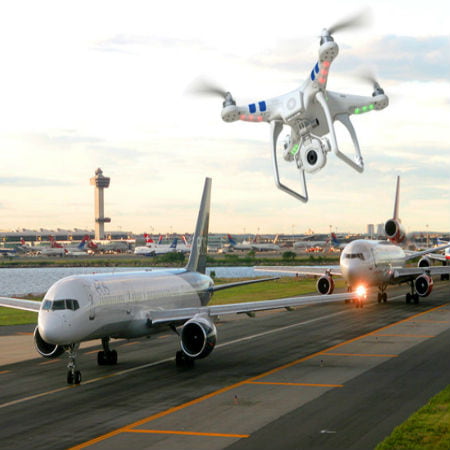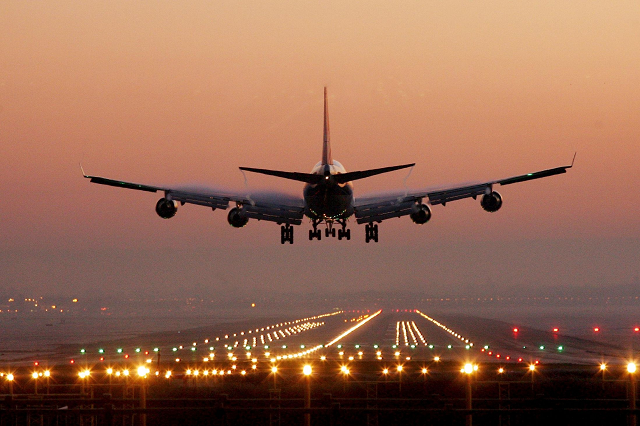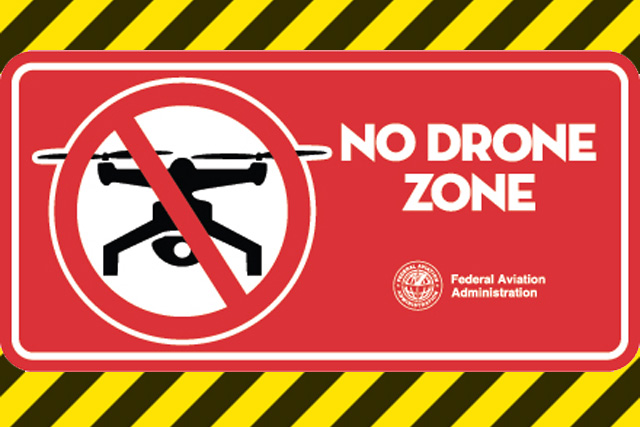
The news around town is that the FAA to take down drones: the Federal Aviation Administration (FAA) is currently examining military-grade technology to keep both personal and commercial drones from moving near airports and airspace sensitive areas.
FAA Examines Military-Grade Tech
According to Michael Whitaker, FAA’s deputy administrator, the organization is seeking the help of CACI International, a federal IT, intelligence agency, and military contractor, to examine the “technology that identifies unmanned aircraft near airports.”
Scroll down for video

The Telegraph
The House Transportation Committee’s subcommittee on aviation expressed their dissatisfaction at the growing number of drones that fly around by commercial pilots. This prompted them to call the attention of the FAA, demanding for immediate action to forestall a potentially harmful collision between an airliner and a drone.
FAA to take down Drones
Whitaker said the FAA receives an average of 100 reports a month all involving drones near airports and airplanes.
The FAA’s partnership with CACI is the most recent in a series of stepping up moves to keeping drones from gaining access to airspace restricted areas. The FAA’s least intrusive scheme is an education campaign. Through programs like Know Before You Fly and No-Drone Zones, the agency aims to raise awareness about where commercial and hobbyists drone operators are not permitted to go.
Some members of Congress have forced the FAA to take down drones and to go further in restricting admittance to certain airspace, driving them to create compulsory geo-fences that would keep drones away from areas where they shouldn’t be flown. Sen. Chuck Schumer intends to introduce legislation to set up virtual barriers around sensitive areas. Software parched into drones would prevent them from entering the barricaded areas. But Schumer’s plan, which is supported by Rep. Adam Schiff in the House, is far from foolproof, because geo-fencing software in drones can easily be disabled and modified by someone who has deep knowledge of drone’s tactics and operations.

FAA
The FAA is now examining a new CACI technology, which has different capabilities the agency believes make it even better than the geo-fencing software in general. This newly developed technology can “passively detect, identify, and track UAS or aerial drones and their ground-based operators,” John MenGucci, COO and president of US operations for CACI said.
The agency sees it as a useful tool for them to complete their tasks and getting done what Whitaker says is one of their biggest challenges—locating the operators who fly drones where they should not be.
Rep. Peter DeFazio added that this technology can even be used in more ways than just detecting and tracking drones.
“It’s been used in military applications. As they explained it to me, they can pinpoint the operator—that’s good. They can do numerous things: They can force the drone to land, they can force it to go back to the operator, or, in the case of hostiles, they deliver something to the operator,” DeFazio said.
“You wouldn’t want to necessarily disable them and have them drop out of the sky, but they can also direct them to another place, and if we had designated safe sites around airports or critical airspace and we used this technology, we could direct the drones there and say, ‘Oh, come get your drone, we’ll be waiting,’” said the Oregon Democrat De Fazio.
The media tried to get a word from a CACI representative but to no avail. Lawmakers on the House panel exert pressure on Whitaker for other ways for the FAA to take down drones and to make an increasingly crowded national airspace safer.
Watch the videos below